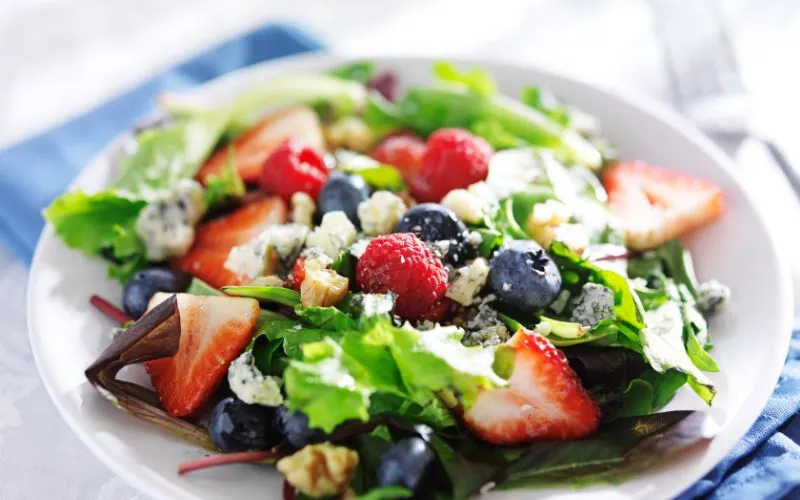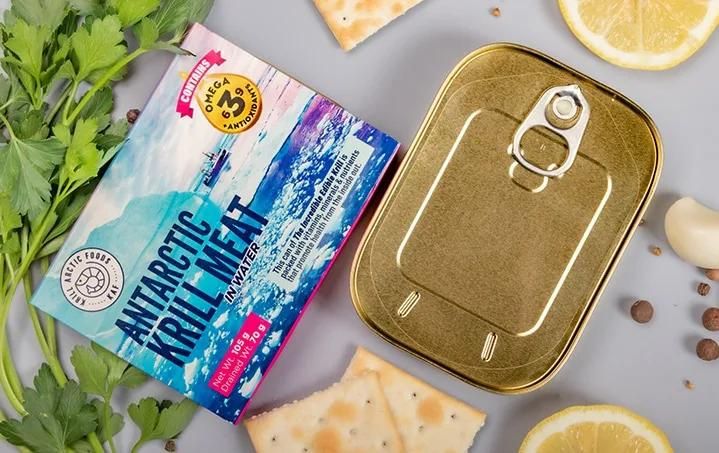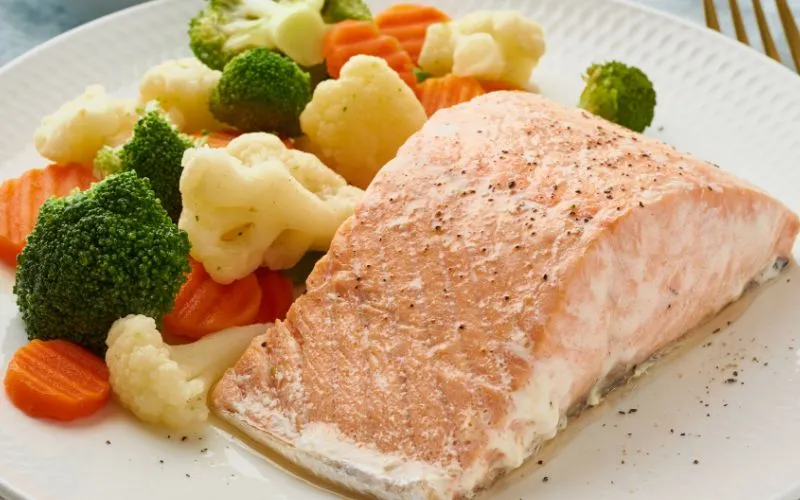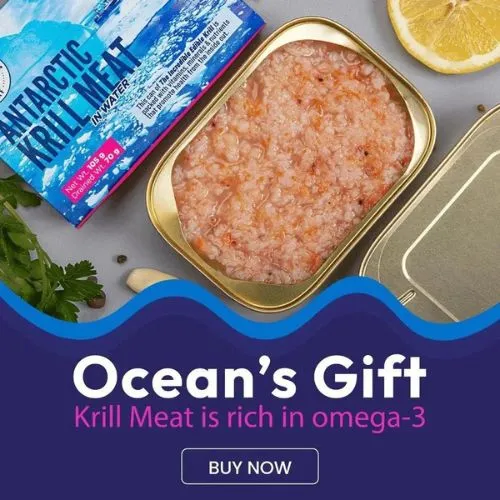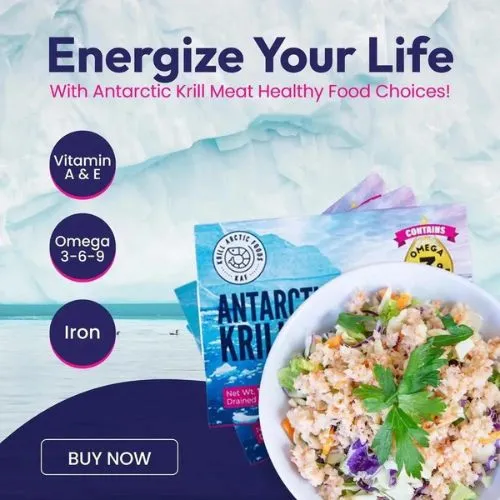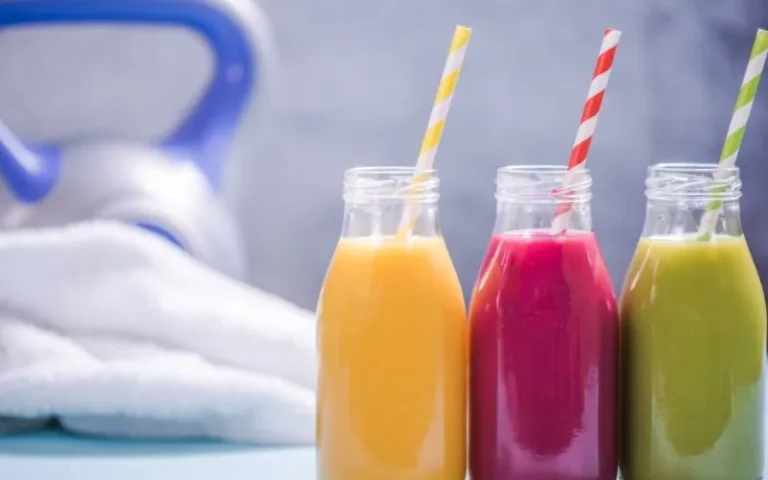You’ve likely heard about the latest trend in dietary health, the lectin-free diet, which claims to offer a solution for those struggling with persistent digestive issues and inflammation. You could potentially alleviate these symptoms by eliminating foods high in lectins, such as beans, grains, and certain vegetables. However, before you decide to overhaul your diet, it’s imperative to ponder the potential benefits and the debates surrounding its effectiveness. What if the key to your well-being isn’t just about what you remove but also what you add? Let’s explore how small details could change how you think about the food you choose.
What Are Lectins?
Lectins are a protein found in many plants, primarily as a defense mechanism against pests and diseases. You’ll find them in various lectin sources, including beans, peanuts, lentils, tomatoes (but not in tomato sauce), and potatoes. These proteins can bind to cell membranes and resist the body’s digestive enzymes.
Benefits Of Eliminating Lectins
Removing lectins from your diet may greatly reduce inflammation and improve gut health. Here are the potential benefits:
- Enhanced Nutrient Absorption: Without lectins interfering, your gut can absorb nutrients more effectively.
- Reduced Digestive Issues: Fewer incidents of bloating, gas, and diarrhoea.
- Boosted Immune System: A less inflamed gut supports a stronger immune response.
- Increased Energy Levels: Better digestion and nutrient uptake can produce more energy.
- Improved Mental Clarity: Fewer symptoms of brain fog and enhanced cognitive function.
Foods To Include
Incorporate a variety of lectin-free options to diversify and enrich your diet:
- Pasture-Raised Meats: Chicken, beef, and lamb.
- Wild-caught fish: Salmon, mackerel, Antarctic krill, and sardines.
- Leafy Greens: Spinach, kale, and Swiss chard.
- Cruciferous Vegetables: Broccoli, Brussels sprouts, and cauliflower.
- Seasonal Fruits: Berries, apples, or pears.
Foods To Avoid
To adhere to a lectin-free diet, avoid foods rich in lectins:
- Beans and Grains: High in lectins.
- Nightshade Vegetables: Potatoes and peppers.
- Peanuts and Soybeans: Known for their high lectin content.
- Dairy Products: Also high in lectins.
5 Lectin-Free Recipes
Switching to a lectin-free diet can greatly improve your digestive health by reducing symptoms like bloating and gas. This dietary change can enhance your gut microbiome diversity, leading to a healthier balance of bacteria in your gut.
Krill Meat And Spinach Salad
A refreshing and nutrient-dense salad combining the benefits of krill meat with the goodness of spinach. Krill meat is rich in omega-3 fatty acids, which are well known to support heart health and reduce inflammation.
Ingredients: Krill meat, spinach, cherry tomatoes (remove seeds to reduce lectin), avocado, olive oil, lemon juice, salt, and pepper.
Preparation
- Rinse and dry the spinach leaves.
- Sauté krill meat in olive oil for 3-4 minutes until cooked.
- Slice cherry tomatoes and avocado.
- Combine spinach, cherry tomatoes, avocado, and krill meat in a large bowl.
- Drizzle with olive oil and lemon juice.
- Season with salt and pepper to taste.
- Toss everything gently and serve immediately.
Grilled Chicken With Cauliflower Rice
A simple yet flavorful dish that replaces traditional rice with nutrient-packed cauliflower.
Ingredients: Chicken breasts, cauliflower, olive oil, garlic, salt, pepper, and parsley.
Preparation:
- Season chicken breasts with salt, pepper, and minced garlic.
- Grill chicken over medium-high heat for 6-7 minutes on each side until fully cooked.
- Grate cauliflower into rice-sized pieces.
- Sauté cauliflower rice in olive oil over medium heat for 5-7 minutes.
- Season with salt, pepper, and chopped parsley.
- Serve grilled chicken on a bed of cauliflower rice.
Krill Meat And Zucchini Noodles
A low-carb and lectin-free alternative to traditional pasta, enhanced with the benefits of krill meat. Krill meat provides a good source of high-quality protein and essential nutrients.
Ingredients: Krill meat, zucchini, garlic, olive oil, cherry tomatoes (remove peel or seed to reduce lectin), basil, salt, and pepper.
Preparation
- Spiralize zucchini into noodles.
- Sauté krill meat in olive oil with minced garlic for 3-4 minutes.
- Add cherry tomatoes and cook for another 2 minutes.
- Toss in zucchini noodles and cook for 2-3 minutes until tender.
- Season with salt, pepper, and fresh basil.
- Serve immediately.
Lemon Herb Salmon With Broccoli
A flavorful and nutritious dish that pairs wild-caught salmon with steamed broccoli.
Ingredients: Salmon fillets, broccoli, lemon, olive oil, garlic, salt, pepper, and dill.
Preparation
- Preheat oven to 375°F (190°C).
- Season salmon fillets with salt, pepper, minced garlic, and dill.
- Drizzle with olive oil and lemon juice.
- Bake salmon for 15-20 minutes until fully cooked.
- Steam broccoli until tender.
- Serve salmon with a side of steamed broccoli.
Stuffed Bell Peppers With Ground Turkey
A hearty and delicious meal that uses bell peppers as a healthy, low-lectin vessel for a savory filling.
Ingredients: Bell peppers, ground turkey, onion, garlic, olive oil, spinach, salt, pepper, and tomato sauce.
Preparation
- Preheat oven to 350°F (175°C).
- Cut tops off bell peppers and remove seeds.
- Sauté ground turkey with diced onion and minced garlic in olive oil until browned.
- Add chopped spinach and cook until wilted.
- Season with salt and pepper.
- Fill bell peppers with turkey mixture and place in a baking dish.
- Pour tomato sauce over stuffed peppers.
- Bake for 25-30 minutes until peppers are tender.
- Serve hot.
Lectin-Free Meal Planning Tips
- Organize your weekly menu around seasonal, lectin-free foods.
- Use fresh, leafy greens and cruciferous veggies in summer.
- Incorporate root vegetables and squashes in winter.
- Get creative with recipe adaptations to avoid high-lectin ingredients.
- Use pressure-cooked beans to reduce the lectin content.
- Prepare meal batches ahead for convenience and consistency.
- Keep a variety of spices and herbs to enhance flavor without high-lectin sauces.
- Follow a structured approach to streamline cooking and maintain your diet.
Conclusion
You’ve explored the basics of the lectin-free diet and its potential benefits, from improved digestion to increased energy. By avoiding lectin-rich foods and incorporating low-lectin alternatives, you’re on your way to feeling better. Remember, it’s about finding what works for you. Embrace the challenge, experiment with meal planning, and listen to your body’s response.
Frequently Asked Questions
How Can I Reduce Lectins In My Diet?
Use cooking methods like boiling and pressure cooking to reduce lectin levels in foods. Avoid raw or undercooked high-lectin foods.
Is A Lectin-Free Diet Suitable For Everyone?
While many people benefit from a lectin-free diet, it’s important to consult a nutritionist before making significant dietary changes, especially if you have any existing health conditions.

